My name is Paul Cross and I am the Creative Director on the Rocksmith Team. My previous projects include Burnout, Skate and No More Heroes 2: Desperate Struggle – and I want give you a little bit of background on Rocksmith, a music game that lets you plug a real guitar into your PS3 and play along to a great list of well-known rock songs when it comes to Europe this September.
The project started in early 2008 when Ubisoft started talking to a company called Game Tank. These guys had a tech demo that allowed the player to plug in any real guitar into a PS3, and the game would tell them if they were playing the right notes at the right times. Ubisoft liked the demo so much that they bought the company!
When Nao Higo, Sr. Producer and I first started on what was to become Rocksmith in October 2009, it was a tech demo called ‘Guitar Rising’ that featured sideways scrolling tablature and a number of difficulty levels you could select from. Here’s a promo vid of Guitar Rising from way back in the day:
Neither of us had ever played the guitar, so the tablature was completely alien to us. The numbers being fired from right to left were not too hard to read when we were playing in ‘Very Easy’ mode, but it was damn near impossible on the higher difficulty levels. We knew we had to make something accessible to non-players, like ourselves, that didn’t require prior knowledge to start playing.
I was handed a guitar and Smoke on the Water in ‘Very Easy’ was started up. I waited for my first note and a red 3 appeared on the screen - 3, wait, wait, wait, 3, wait, wait, wait, 3… I could play that, but it soon became apparent that playing the ‘Very Easy’ mode for all four minutes of the song was, well, boring.
So I cranked it up to the next difficulty and a new layer of problems appeared. Reading the numbers and translating them to my amateur fingers was incredibly hard. And that was on the ‘Easy’ as opposed to Very Easy setting. I struggled with this for a while until I got the neutered main riff sounding ok – then the solo came! WTF?! 12, 11, 13, 11, 10, 12,11,10,13,10,10,13… – I didn’t even know where these were on the guitar, and bear in mind they were all on different strings too.
The problems we found with scrolling tablature were:
You have to learn what it is -it’s a language, not a visual clue system. It’s not hard for guitarists to learn, but you still have to do it.
It’s very hard to read numbers when they move quickly.
They do not show the flow of your fingers or hand position so there’s very little anticipation. That’s OK if you already know how to play the guitar and the song, but no good if you’re learning
I turned to Nicholas Bonardi (Sr. Audio Designer) and asked how he would show someone how to play. He points at the guitar and says “stick your finger here and pluck… now!” – I did, and sounded the note cleanly.
“That’s what the interface needs to say,” I concluded; “it has to point at your guitar and tell you to pluck… now.”
We determined that using a 3D interface would be the way forward and set to work designing how this would behave. Here is the original sketch from my notebook and the presentation slide from our first creative brief… which was not final art ;)
We started by showing the fretboard of the guitar and creating a 3D timeline approaching it – the notes have to be in 3d as well so that the timing of when they reach the fretboard is accurate. Stems or ‘stalks’ were added to the notes to plant them in their lanes and rotation was added to improve visibility of long streams of notes, and as secondary timing information for when to play.
Here’s a concept mock-up exploring different ways of displaying the notation we required. Note the numbers under the fretboard – these were later moved on to the note highway and actually match the numbers found in tablature, so by playing Rocksmith, you will gain the knowledge of how to read tablature without even realising it.
Here is an early in-game prototype that was built in just two months by a team of six people – an engineer, an audio designer, an audio engineer, a producer, an artist and me.
And here is a screenshot of the finished product:
The journey of making Rocksmith was fraught with issues, just like all game development. We came to it knowing what sort of experience we were going to make, but because it was such a new take on something seemingly established, people were scared. Luckily for us, we were creating an experience that could speak for itself and, once people got it in their hands and found themselves playing the lead line to Satisfaction on a guitar they had never touched, their fears were dismissed and Rocksmith was embraced with an excitement that has really driven the awards, success and determination of the Rocksmith Team.
Rocksmith is to release on PS3 in September 2012 and comes with a special lead that lets you connect any electric guitar to your PS3 via USB. You can find out more and peruse the tracklist over on the official website.



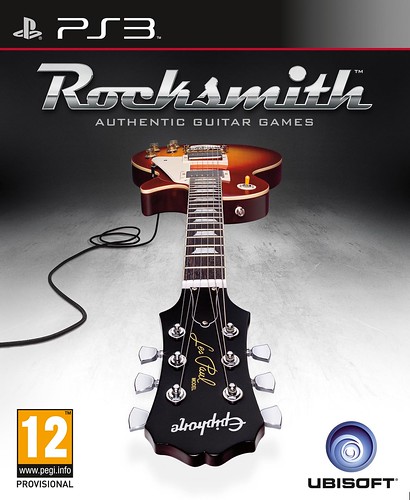


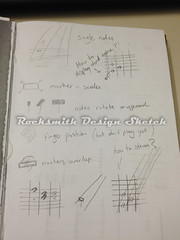
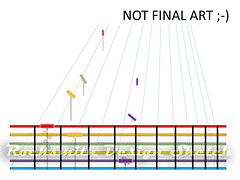
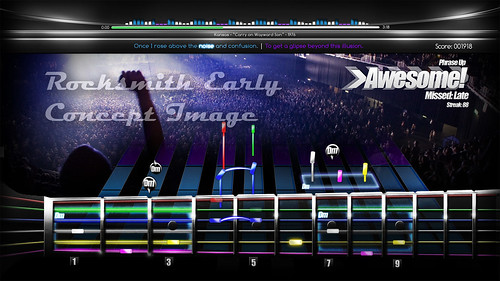
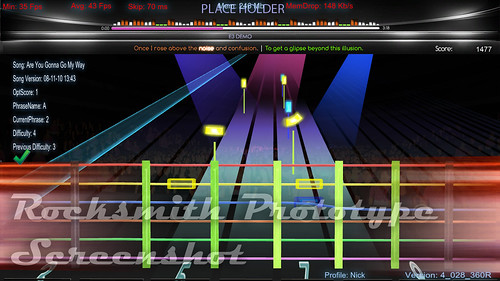
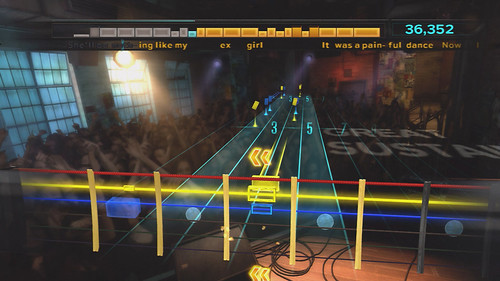
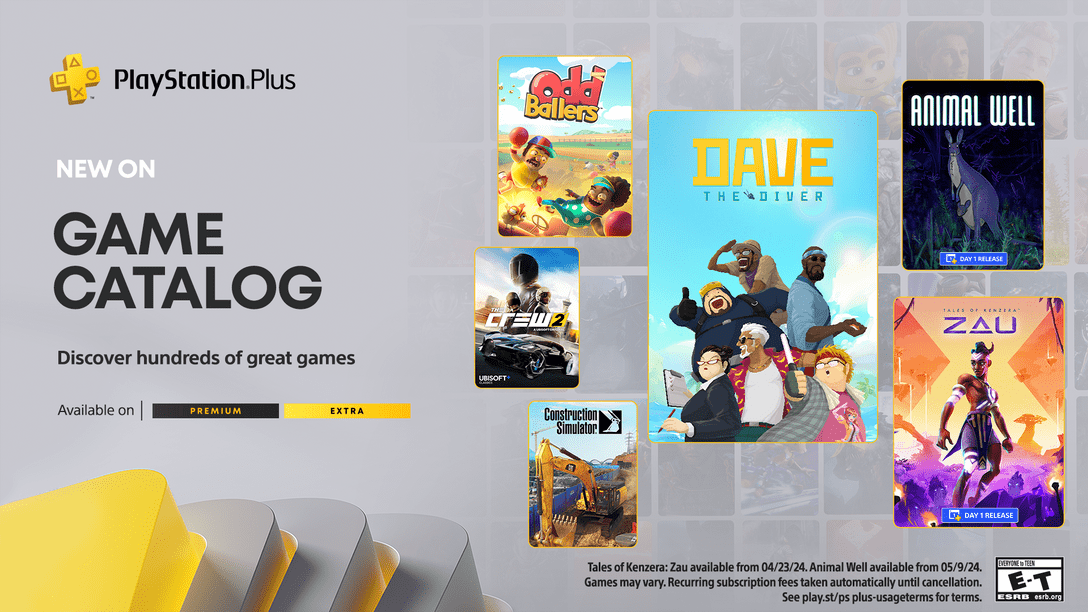
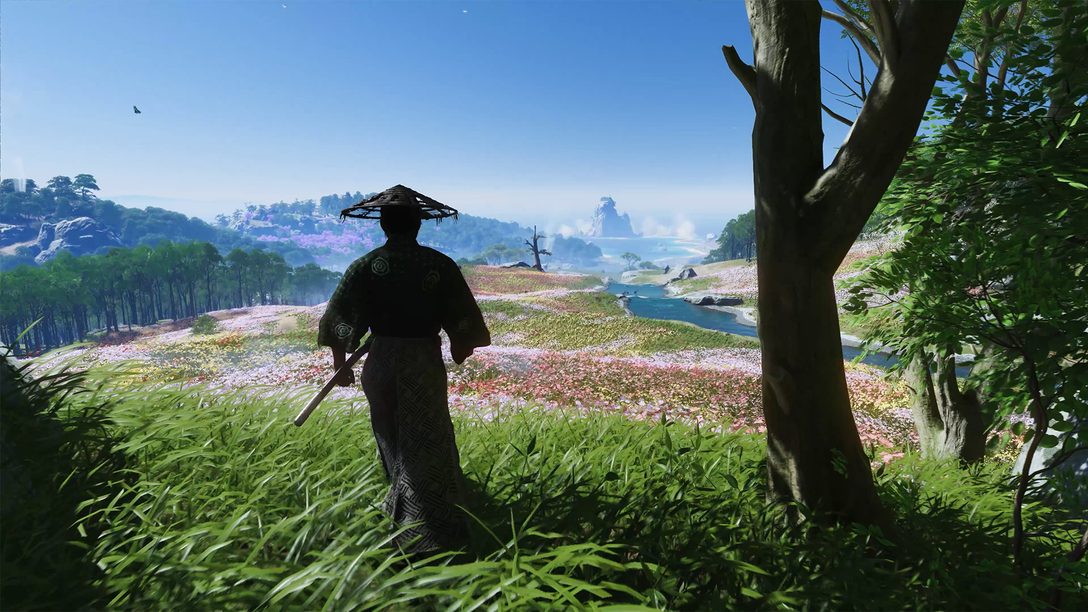
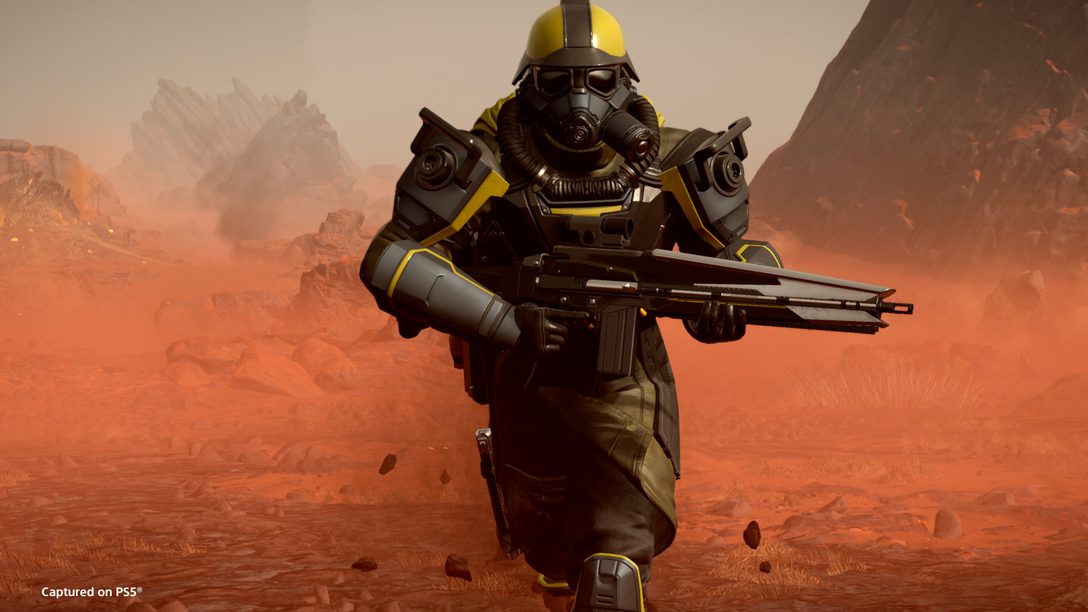
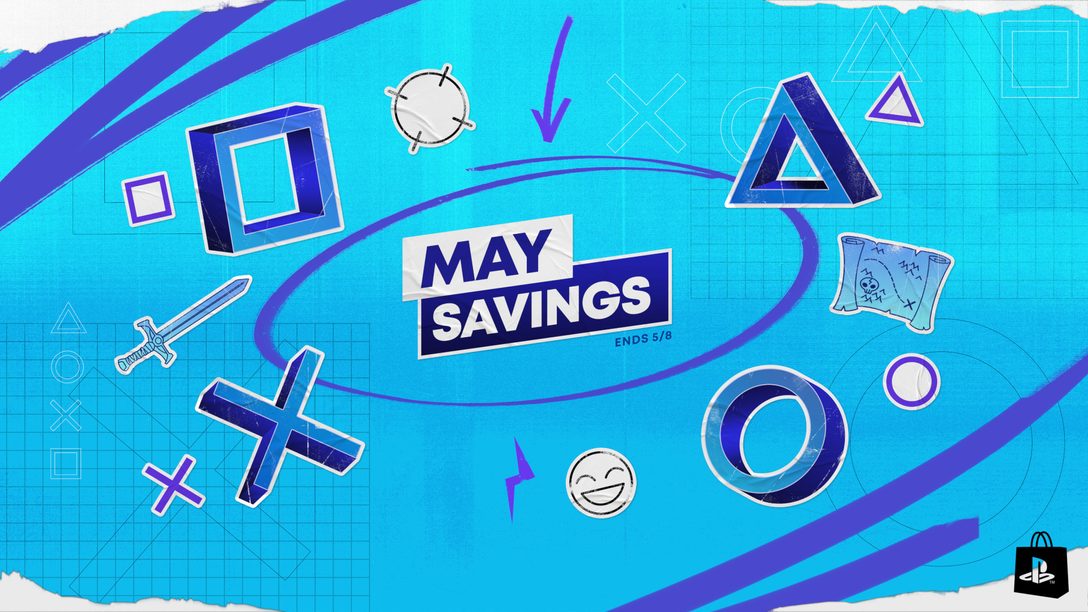

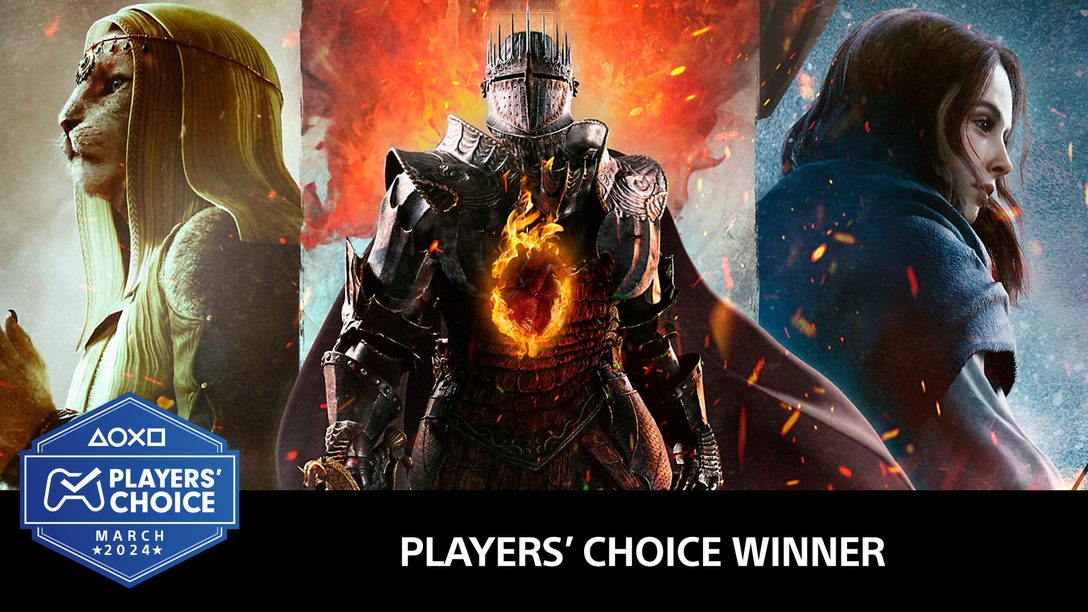
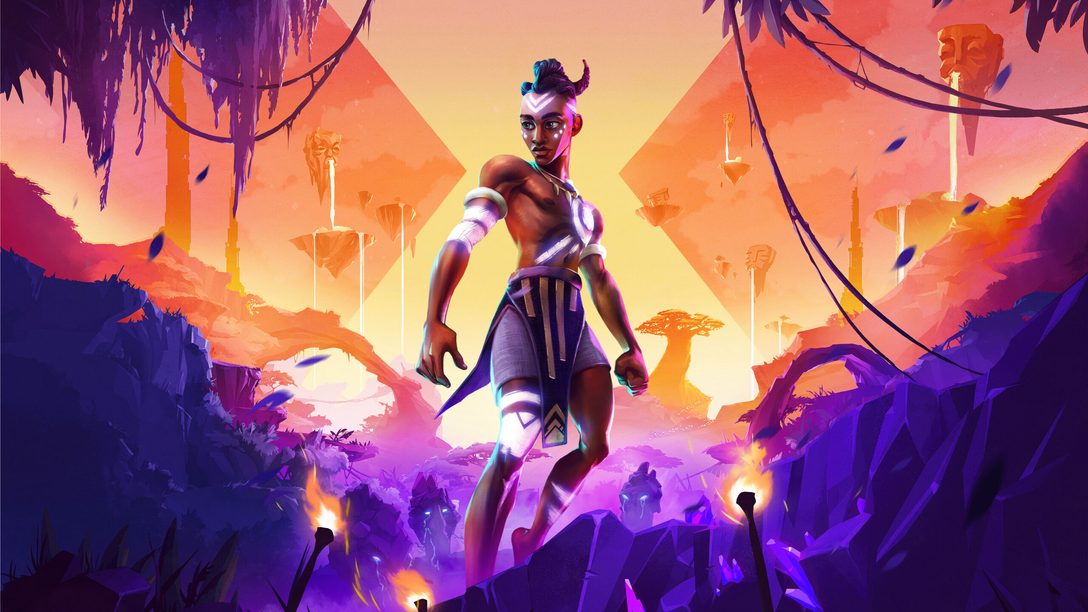

Join the Conversation
Add a CommentBut don't be a jerk!
17 Comments
Loading More Comments